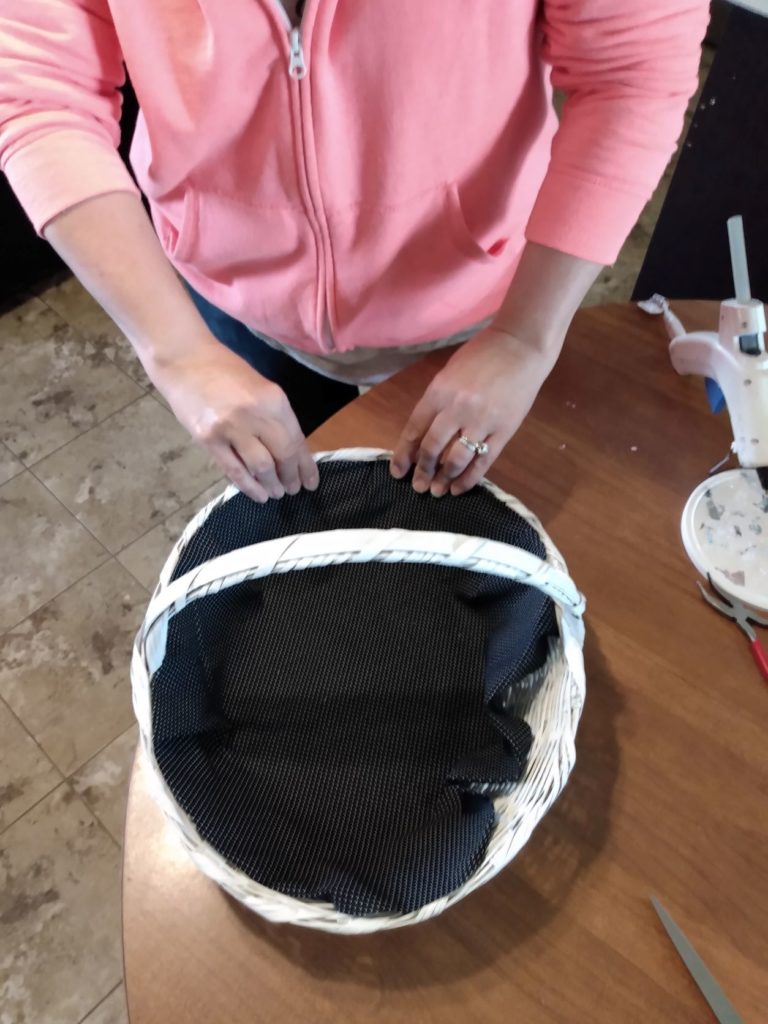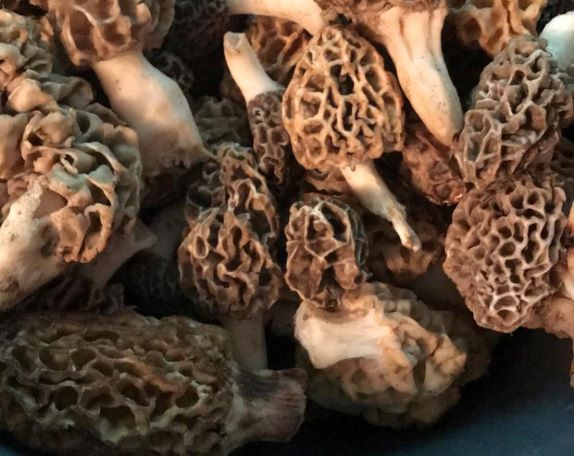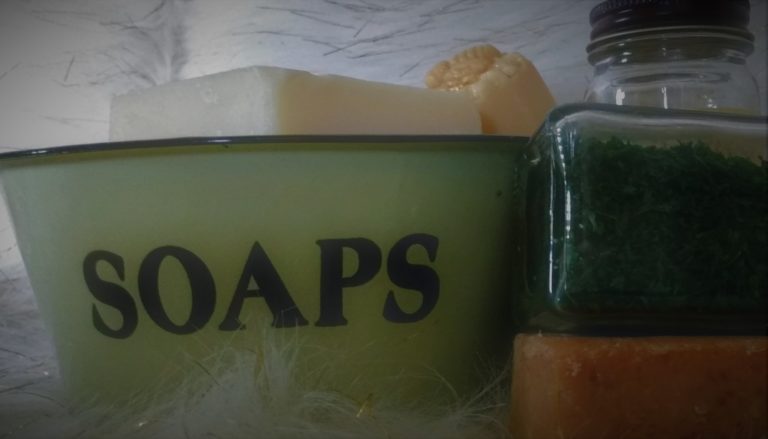Garden Scaping: Victory Garden to Fight Inflation and Prepare for Possible Food Chain Crisis
Growing up in Eastern Kentucky, we grew a large majority of the food we ate. It never occurred to me that many people did not have land to plant large gardens. I remember watching the movie The Doll Maker for a school assignment. In the movie, the mother is displaced from the mountains to the city. Food is in limited supply. She starts to grow vegetables in the flower garden, by their small tenant house, to feed her family. Not only could I relate to the family from that movie, but it was also an eye-opener to a larger and more complicated world. I can honestly say that The Doll Maker changed my sense of place in this world forever. I never took for granted the land that we tended again.
The Rise of the Victory Garden
Before World World One, Europe produced most of its food. The start of the war ushered in a food crisis in Europe. Two things occurred that brought about the food draught. First, agricultural workers were recruited into the military service, which left farms shorthanded. Second, many fields that once produced food were now battlefields. As a result, a severe food shortage emerged.
Even before the United States was drawn into the war, Americans were encouraged to grow gardens. In 1917 Charles Lathrop Pack organized a national garden commission to motivate American citizens to grow food to help contribute to the effort to feed the starving masses in Europe.
The food grown by individuals in the USA was not shipped across the seas. But, it did help to lessen the burden of our farmers by helping to supply enough food to feed the people in the United States, thus allowing them to grow food for export to our allies.
Helping the World by Feeding Ourselves
Many people of the time were used to growing small kitchen gardens, but now every family was encouraged to use any idle or vacant land to plant foodstuffs. Gardens sprang up on school grounds, backyards, vacant lots, and flower beds. Soon women’s groups, civic associations, and city commissions were spreading the movement by word of mouth. Even children were encouraged to become involved as “soldiers of the soil”. By the end of WW1, the movement had become known as the victory garden.
Again in World War 2, Victory Gardens became in vogue as a patriotic way to support the war effort both at home and abroad. People were encouraged to grow as much of their food as possible. With rations in place, this extra food became a necessity.
After the war ended, many people forgot the importance of providing food for themselves. Once again, those in urban areas relied on grocery stores for all of their food.
A New Need For Victory Gardens
When Covid-19 spread across the globe, we were all alarmed to learn just how vulnerable the food supply chain was. This experience made me aware that the American people needed to once again be educated on the importance of growing much of their food, even in urban settings.
Food-producing plants are easy to incorporate into a landscape, and lately, I have seen this referred to as garden-scaping (or food scaping). With prices escalating as a result of Covid, we common folk need a victory over inflation. Growing even a small amount of your food can help offset the price of living increase and assist in frugal living. It will also help you to be prepared in case of another supply crisis.
A Very Berry Garden
Several types of berries can be added throughout a yard or to a small lot. Among these are strawberries, blueberries, thornless blackberries and raspberries, mulberry bushes, gooseberries, cherry, elderberries, and lingonberry.
Small Berry Plants:
- Blackberries and raspberries make good hedgerows. Go for the thornless varieties, you will thank me later.
- Lingonberry makes a nice ground cover that produces edible fruit.
- Strawberries can be grown in both containers and small beds. I have used them as border plants.
- Elderberry makes a beautiful bush that can either be used by itself, or as the center of a large bed. They are not only good for producing fruit for jelly and juice, but they are also a favorite of many bird species.
- Gooseberries grow on bushes as well, only they are very compact. This makes them perfect to incorporate into exciting flower beds. Gooseberries are not good to eat raw, but they make amazing jellies and pies.
Larger Berry Bushes and Trees:
Mulberry Bushes: Mulberry can range in height from small to very large. Read carefully to make sure that the variety you choose will fit the space as you intend once it has matured. There is a variety of everbearing mulberry known as Black Beauty. This variety grows to 15 feet in height. Morus nigra is a dwarf everbearing mulberry variety that can be cut back to between 2 to 3 feet. Black Beauty is a short tree variety that grows to 15 feet. Some Mulberry trees do reach nearly 60 feet in height. Choose with care.
Cherry: Cherry plants also come in a variety of sizes. I had cherry bushes that grew to around 12 feet in height that bore small but tasty fruit. Cherry trees can grow to a height of up to 35 feet.
Huckleberry Bushes: Huckleberries are native to the USA. I have a wild variety of huckleberry bushes that my mom gave to me from her property before she passed away. Huckleberries taste very similar to blueberries. I love to pick the tiny berries as they ripen during the summer. My one plant does not produce enough fruit for canning, although I have picked enough to make scones. They are always such a treat. My huckleberry graces an oval plant bed in our front yard. The photo in the header is of my huckleberry plant in bloom.
Incorporating Vegetables and Grains into Flower Gardens
Many HMOs do not allow for vegetable gardens. But they do allow for flower gardens. Vegetables are added throughout flower gardens, not only to produce food but are also to appealing to the eye.
Grains:
This year I intend to plant amaranth, chia, popcorn, and buckwheat in a large bed in my backyard. Amaranth, chia, and buckwheat are both beautiful and showy plants when added to beds. The corn will be at the back of the bed. It will work to help camouflage the side of the shed. The Amaranth will go in next, as it is the second tallest. Then will come the buckwheat, and in the very front will be my chia.
Tubers:
Tubers include potatoes, sweet potatoes, and Pear of the Earth.
- Pear of the Earth: This plant is new to me, but is one that I am highly considering. It is a tuber that has a fruit-like taste. They grow to 6′ tall and have yellow flowers in summer. E- Burgess Seeds: Source of “Pear of the Earth” Seeds.
- Sweet Potato: This plant is one of my favorites. They can be grown in containers to yield food for storage. I grow them in flower pots as well. They make a beautiful showy vine for the container on my porch that I source for free from starts of sweet potatoes that we use for meals. HGTV offers an educational post on growing sweet potatoes in containers.
- Potatoes: Potatoes from well in pots, as well as in gardens. YouTube offers many videos on container gardening. The MIgardener offers a very good instructional video, “How to Grow Potatoes In Containers – Complete Growing Guide“.
Vegetables:
Many vegetables grow well alongside flowers. Look for information on companion plants. I plan to grow sweet bell peppers in my front flower bed. Tomatoes, banana peppers, squash, and some herbs will grace a small vegetable patch in the backyard. I have read that others have success with eggplants, chard, garlic, onion, and other vegetables. It depends on what your family will eat, and the type of light that your growing space receives.
Considerations
If you intend to grow vegetables and herbs alongside more traditional flowers, make sure that you use organic fertilizers. Be careful of using pesticides as well. With careful use of sprays, backyard gardens can be beneficial to the environment your budget as well.
Think about your source of water. Will you have access to a garden hose? Can you use a rain barrel as a catchment system? Plants require a lot of water. Most container plants need special attention to ensure that they have the proper amount of water.
Growing even a small amount of our food helps the environment and helps to fight inflation. It also assists in preparing for a crisis by growing food-producing plants within our landscapes. Currently, our yards are green deserts. We need to change that.
Below are resources that you may find helpful as you begin your garden scaping journey.
Resources and Books
None of the resources listed in this post are affiliates.
The Foodscape Revolution: Finding a Better Way to Make Space for Food and Beauty in Your Garden; Hardcover book- March 2017, by Brie Arthur (Author)
Edible Landscaping: Edible Landscaping; Paperback- November 2010, by Rosalind Creasy.
Stop Back for Updates
As the year progresses, I plan to add new posts about successes, and any failures. Stop back by for updates. Admittedly, I am a little nervous about my new adventure in gardening. Some of the plants and methods that I want to use are new to me. I will be starting over as I learn how to grow and harvest my urban corps.
You Are Ready to Dig In!
I would love to hear how your gardening adventure goes. Please feel free to leave comments on any tips, and resources, that will assist others with garden scaping or container gardening. We all could use a victory over inflation, and it never hurts to be prepared.
Thanks for stopping by,
Vikki








3 Comments